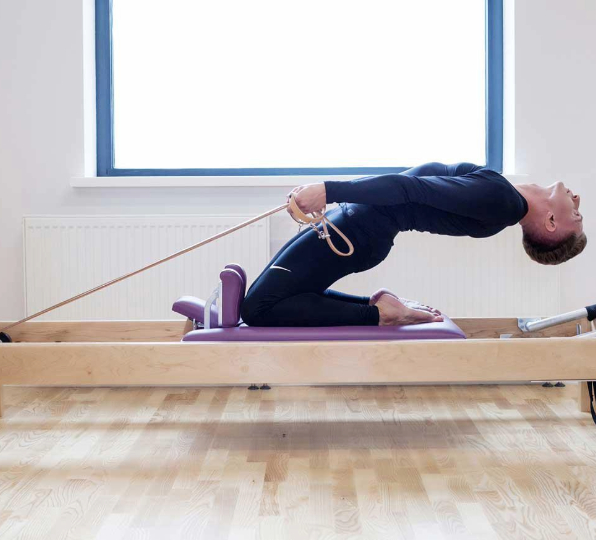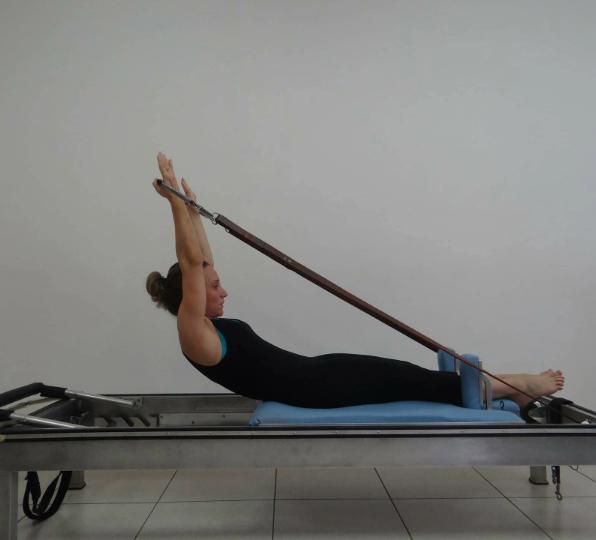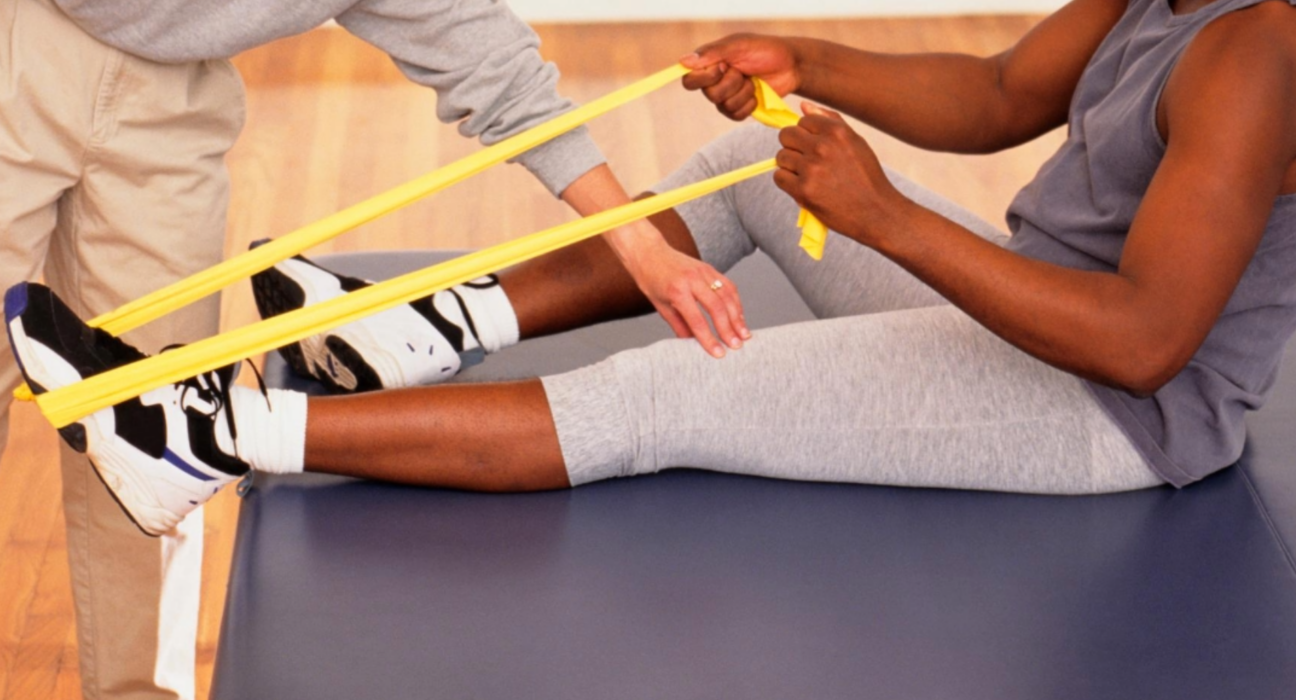Introduction:
Exercises for balance and stability are essential to injury prevention and general well-being when leading an active and healthy lifestyle. This blog provides a thorough overview, exploring the significance of stability and balance, their advantages, and a variety of exercises intended to improve your balance and resistance to injury.
1. The Foundation: Understanding the Importance of Balance and Stability
Examine the fundamental ideas of stability and balance. Recognize how important these components are for preventing injuries as well as for boosting daily activities, enhancing athletic performance, and encouraging better posture.
2. Benefits Beyond Injury Prevention: Enhancing Performance and Functionality
Explore the many advantages that exercises focusing on stability and balance can offer. See the benefits of these exercises for your overall physical performance and functionality, from enhanced coordination to stronger core.
3.Common Causes of Imbalance and Instability: Identifying Risk Factors
Determine the common causes of instability and imbalance that may raise the risk of injury. Knowing these elements is crucial for focused injury prevention, whether the cause is poor posture, misaligned muscles, or low proprioception.
4. Essential Balance and Stability Exercises: Building a Strong Foundation
Start with a set of fundamental exercises intended to develop a solid foundation of stability and balance. Discover a variety of exercises that accommodate varying fitness levels and tastes, from basic standing poses to dynamic movements.
5. Incorporating Balance Tools: From Bosu Balls to Stability Discs
Improve your stability and balance exercises by using a variety of tools. Examine the advantages of incorporating balance boards, stability discs, and Bosu balls into your workouts to increase variety and challenge while also fostering better stability.
6. Core-Centric Exercises: Strengthening the Powerhouse
Recognize the integral role of the core in Harmony and steadiness. Dive into core-centric exercises that specifically target the muscles around your abdomen, lower back, and hips, fostering a strong and stable core foundation.
7. Single-Leg Exercises: Unilateral Movements for Symmetry
Accept the challenge of single-leg exercises to improve your balance and correct any imbalances you may have. Discover how unilateral motions can enhance stability and lower the chance of injuries resulting from imbalanced muscles.
8. Progressive Challenges: From Static to Dynamic Stability
You should advance your Harmony and steadiness exercises from static to dynamic motions. Examine how incorporating exercises such as weight shifts, twists, and reaches can improve your stability even more and get you ready for real-world situations.


Conclusion:
“Harmony and steadiness Exercises for Injury Prevention” is your comprehensive guide to fortifying your body against potential injuries. By incorporating these exercises into your regular routine, you not only enhance your physical resilience but also promote overall wellness and functional fitness. Elevate your fitness journey with the power of Harmony and steadiness, laying the groundwork for a healthier, injury-free lifestyle.












